The science of climate change: Facts, evidence and proof
There is no planet b, despite what some deniers will claim. Julia Rosen gathers the facts that will help fight the environmental catastrophe that is unfolding in front of our eyes
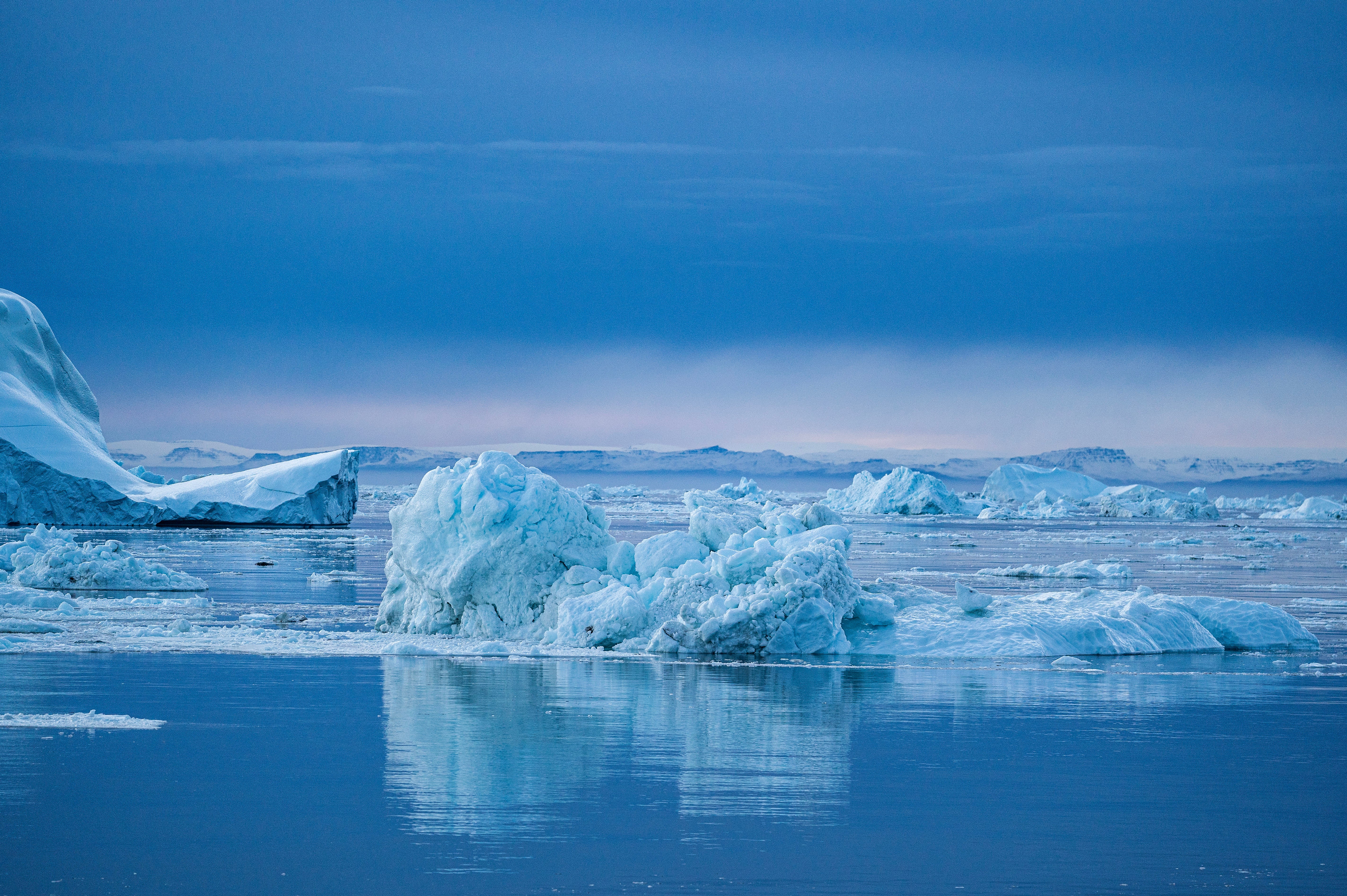
The science of climate change is more solid and widely agreed upon than you might think. But the scope of the topic, as well as rampant disinformation, can make it hard to separate fact from fiction. Here, we’ve done our best to present you with not only the most accurate scientific information, but also an explanation of how we know it.
How do we know climate change is really happening?
Climate change is often cast as a prediction made by complicated computer models. But the scientific basis for climate change is much broader, and models are actually only one part of it (and, for what it’s worth, they’re surprisingly accurate).
For more than a century, scientists have understood the basic physics behind why greenhouse gases like carbon dioxide cause warming. These gases make up just a small fraction of the atmosphere but exert outsized control on Earth’s climate by trapping some of the planet’s heat before it escapes into space. This greenhouse effect is important: it’s why a planet so far from the sun has liquid water and life!
Read More:
However, during the Industrial Revolution, people started burning coal and other fossil fuels to power factories, smelters and steam engines, which added more greenhouse gases to the atmosphere. Ever since, human activities have been heating the planet.
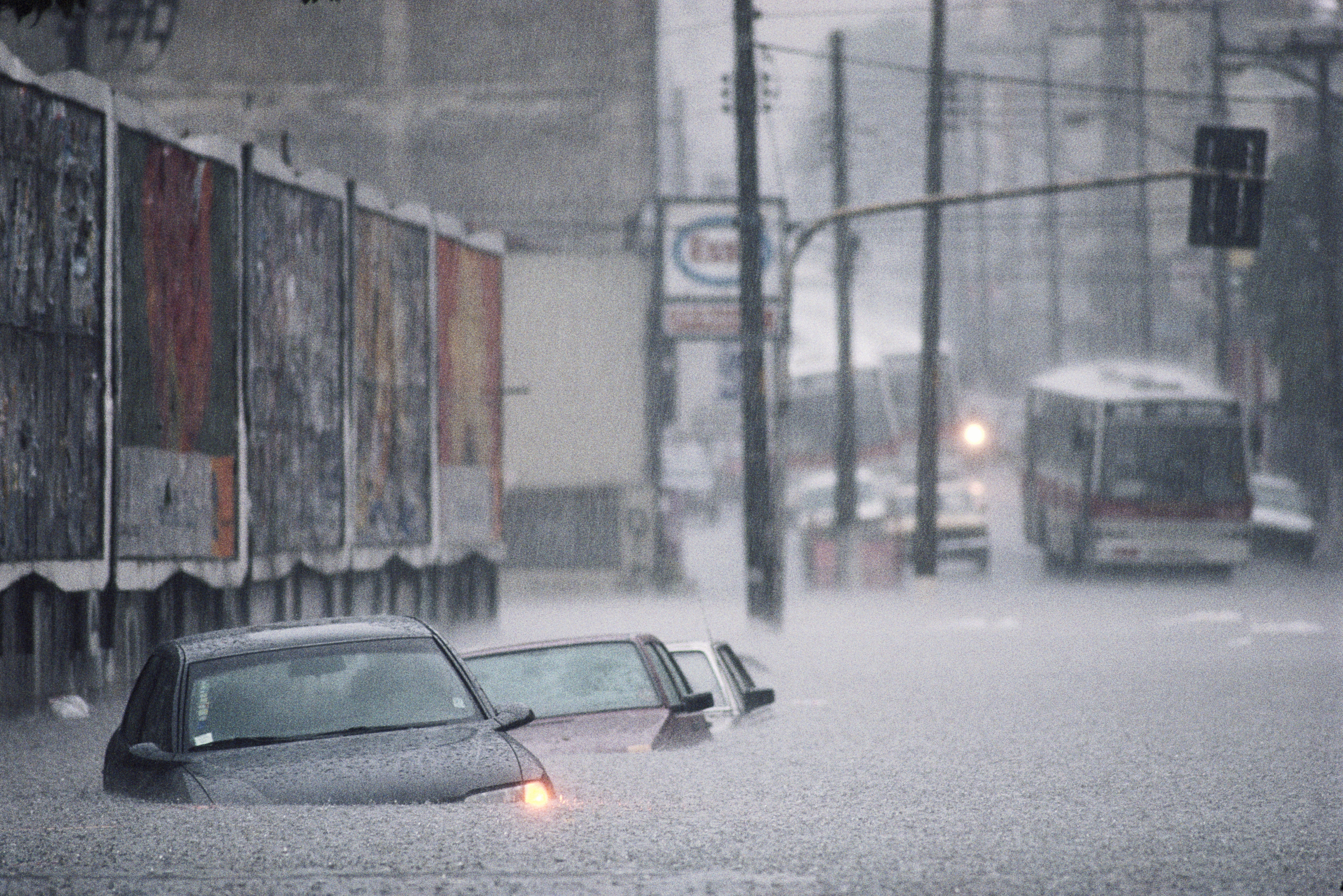
We know this is true thanks to an overwhelming body of evidence that begins with temperature measurements taken at weather stations and on ships starting in the mid-1800s. Later, scientists began tracking surface temperatures with satellites and looking for clues about climate change in geologic records. Together, these data all tell the same story: Earth is getting hotter.
Average global temperatures have increased by 1.2C, since 1880, with the greatest changes happening in the late 20th century. Land areas have warmed more than the sea surface and the Arctic has warmed the most – by around 4C just since the 1960s. Temperature extremes have also shifted. In the United States, daily record highs now outnumber record lows 2-1.
This warming is unprecedented in recent geologic history. A famous illustration, first published in 1998 and often called the hockey-stick graph, shows how temperatures remained fairly flat for centuries (the shaft of the stick) before turning sharply upward (the blade). It’s based on data from tree rings, ice cores and other natural indicators. And the basic picture, which has withstood decades of scrutiny from climate scientists and contrarians alike, shows that Earth is hotter today than it has been in at least 1,000 years, and probably much longer.
There’s no denying that scientists love a good, old-fashioned argument. But when it comes to climate change, there is virtually no debate
In fact, surface temperatures actually mask the true scale of climate change, because the ocean has absorbed 90 per cent of the heat trapped by greenhouse gases. Measurements collected over the past six decades by oceanographic expeditions and networks of floating instruments show that every layer of the ocean is warming up. According to one study, the ocean has absorbed as much heat between 1997 and 2015 as it did in the previous 130 years.
We also know that climate change is happening because we see the effects everywhere. Ice sheets and glaciers are shrinking while sea levels are rising. Arctic sea ice is disappearing. In the spring, snow melts sooner and plants flower earlier. Animals are moving to higher elevations and latitudes to find cooler conditions. And droughts, floods and wildfires have all gotten more extreme. Models predicted many of these changes, but observations show they are now coming to pass.
How much agreement is there among scientists about climate change?
There’s no denying that scientists love a good, old-fashioned argument. But when it comes to climate change, there is virtually no debate: numerous studies have found that more than 90 per cent of scientists who study Earth’s climate agree that the planet is warming and that humans are the primary cause. Most major scientific bodies, from Nasa to the World Meteorological Organisation, endorse this view. That’s an astounding level of consensus given the contrarian, competitive nature of the scientific enterprise, where questions like what killed the dinosaurs remain bitterly contested.
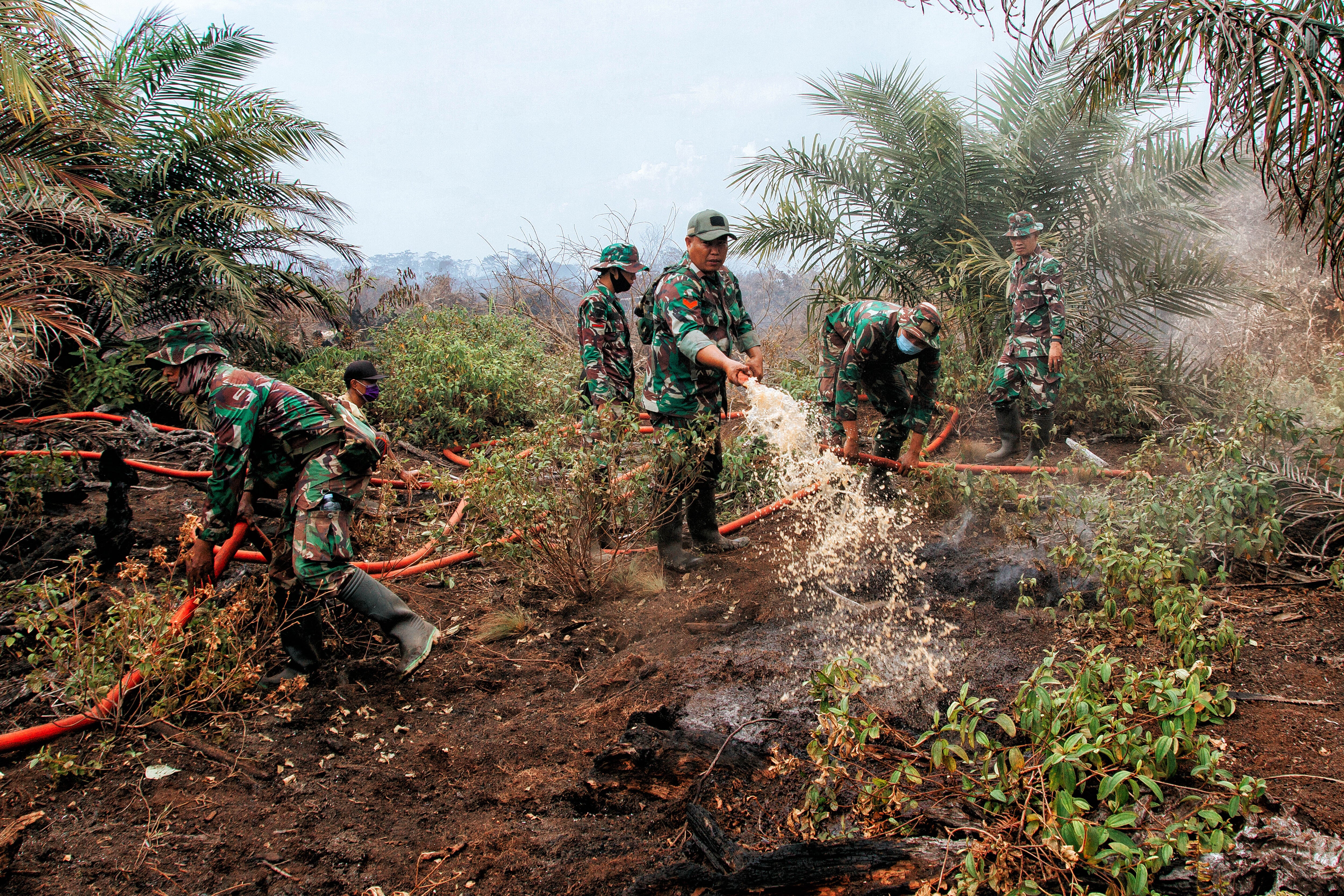
Scientific agreement about climate change started to emerge in the late 1980s, when the influence of human-caused warming began to rise above natural climate variability. By 1991, two-thirds of earth and atmospheric scientists surveyed for an early consensus study said that they accepted the idea of anthropogenic global warming. And by 1995, the Intergovernmental Panel on Climate Change, a famously conservative body that periodically takes stock of the state of scientific knowledge, concluded that “the balance of evidence suggests that there is a discernible human influence on global climate”. Currently, more than 97 per cent of publishing climate scientists agree on the existence and cause of climate change (as does nearly 60 per cent of the general population of the United States).
So where did we get the idea that there’s still debate about climate change? A lot of it came from coordinated messaging campaigns by companies and politicians that opposed climate action. Many pushed the narrative that scientists still hadn’t made up their minds about climate change, even though that was misleading. Frank Luntz, a Republican consultant, explained the rationale in an infamous 2002 memo to conservative lawmakers: “Should the public come to believe that the scientific issues are settled, their views about global warming will change accordingly,” he wrote. Questioning consensus remains a common talking point today, and the 97 per cent figure has become something of a lightning rod.
97%
of climate scientists agree on the existence and cause of climate change
To bolster the falsehood of lingering scientific doubt, some people have pointed to things like the Global Warming Petition Project, which urged the US government to reject the Kyoto Protocol of 1997, an early international climate agreement. The petition proclaimed that climate change wasn’t happening, and even if it were, it wouldn’t be bad for humanity. Since 1998, more than 30,000 people with science degrees have signed it. However, nearly 90 per cent of them studied something other than Earth, atmospheric or environmental science, and the signatories included just 39 climatologists. Most were engineers, doctors, and others whose training had little to do with the physics of the climate system.

A few well-known researchers remain opposed to the scientific consensus. Some, like Willie Soon, a researcher affiliated with the Harvard-Smithsonian Centre for Astrophysics, have ties to the fossil fuel industry. Others do not, but their assertions have not held up under the weight of evidence. At least one prominent sceptic, physicist Richard Muller, changed his mind after reassessing historical temperature data as part of the Berkeley Earth project. His team’s findings essentially confirmed the results he had set out to investigate, and he came away firmly convinced that human activities were warming the planet. “Call me a converted sceptic,” he wrote in an op-ed for The New York Times in 2012.
Luntz, the Republican pollster, has also reversed his position on climate change and now advises politicians on how to motivate climate action.
A final note on uncertainty: denialists often use it as evidence that climate science isn’t settled. However, in science, uncertainty doesn’t imply a lack of knowledge. Rather, it’s a measure of how well something is known. In the case of climate change, scientists have found a range of possible future changes in temperature, precipitation and other important variables – which will depend largely on how quickly we reduce emissions. But uncertainty does not undermine their confidence that climate change is real and that people are causing it.
Do we really only have 150 years of climate data? How is that enough to tell us about centuries of change?
Earth’s climate is inherently variable. Some years are hot and others are cold, some decades bring more hurricanes than others, some ancient droughts spanned the better part of centuries. Glacial cycles operate over many millenniums. So how can scientists look at data collected over a relatively short period of time and conclude that humans are warming the planet? The answer is that the instrumental temperature data that we have tells us a lot, but it’s not all we have to go on.
Historical records stretch back to the 1880s (and often before) when people began to regularly measure temperatures at weather stations and on ships as they traversed the world’s oceans. These data show a clear warming trend during the 20th century.
Some have questioned whether these records could be skewed, for instance, by the fact that a disproportionate number of weather stations are near cities, which tend to be hotter than surrounding areas as a result of the so-called urban heat island effect. However, researchers regularly correct for these potential biases when reconstructing global temperatures. In addition, warming is corroborated by independent data like satellite observations, which cover the whole planet, and other ways of measuring temperature changes.
300 years ago a combination of reduced solar output and increased volcanic activity cooled parts of the planet enough that Londoners regularly ice skated on the Thames
Much has also been made of the small dips and pauses that punctuate the rising temperature trend of the past 150 years. But these are just the result of natural climate variability or other human activities that temporarily counteract greenhouse warming. For instance, in the mid-1900s, internal climate dynamics and light-blocking pollution from coal-fired power plants halted global warming for a few decades. (Eventually, rising greenhouse gases and pollution-control laws caused the planet to start heating up again.) Likewise, the so-called warming hiatus of the 2000s was partly a result of natural climate variability that allowed more heat to enter the ocean rather than warm the atmosphere. The years since have been the hottest on record.
Still, could the entire 20th century just be one big natural climate wiggle? To address that question, we can look at other kinds of data that give a longer perspective. Researchers have used geologic records like tree rings, ice cores, corals and sediments that preserve information about prehistoric climates to extend the climate record. The resulting picture of global temperature change is basically flat for centuries, then turns sharply upward over the past 150 years. It has been a target of climate deniers for decades. However, study after study has confirmed the results, which show that the planet hasn’t been this hot in at least 1,000 years, and probably longer.
How do we know climate change is caused by humans?
Scientists have studied past climate changes to understand the factors that can cause the planet to warm or cool. The big ones are changes in solar energy, ocean circulation, volcanic activity and the amount of greenhouse gases in the atmosphere. And they have each played a role at times.
For example, 300 years ago, a combination of reduced solar output and increased volcanic activity cooled parts of the planet enough that Londoners regularly ice skated on the Thames. About 12,000 years ago, major changes in Atlantic circulation plunged the northern hemisphere into a frigid state. And 56 million years ago, a giant burst of greenhouse gases, from volcanic activity or vast deposits of methane (or both), abruptly warmed the planet by at least 4C, scrambling the climate, choking the oceans and triggering mass extinctions.
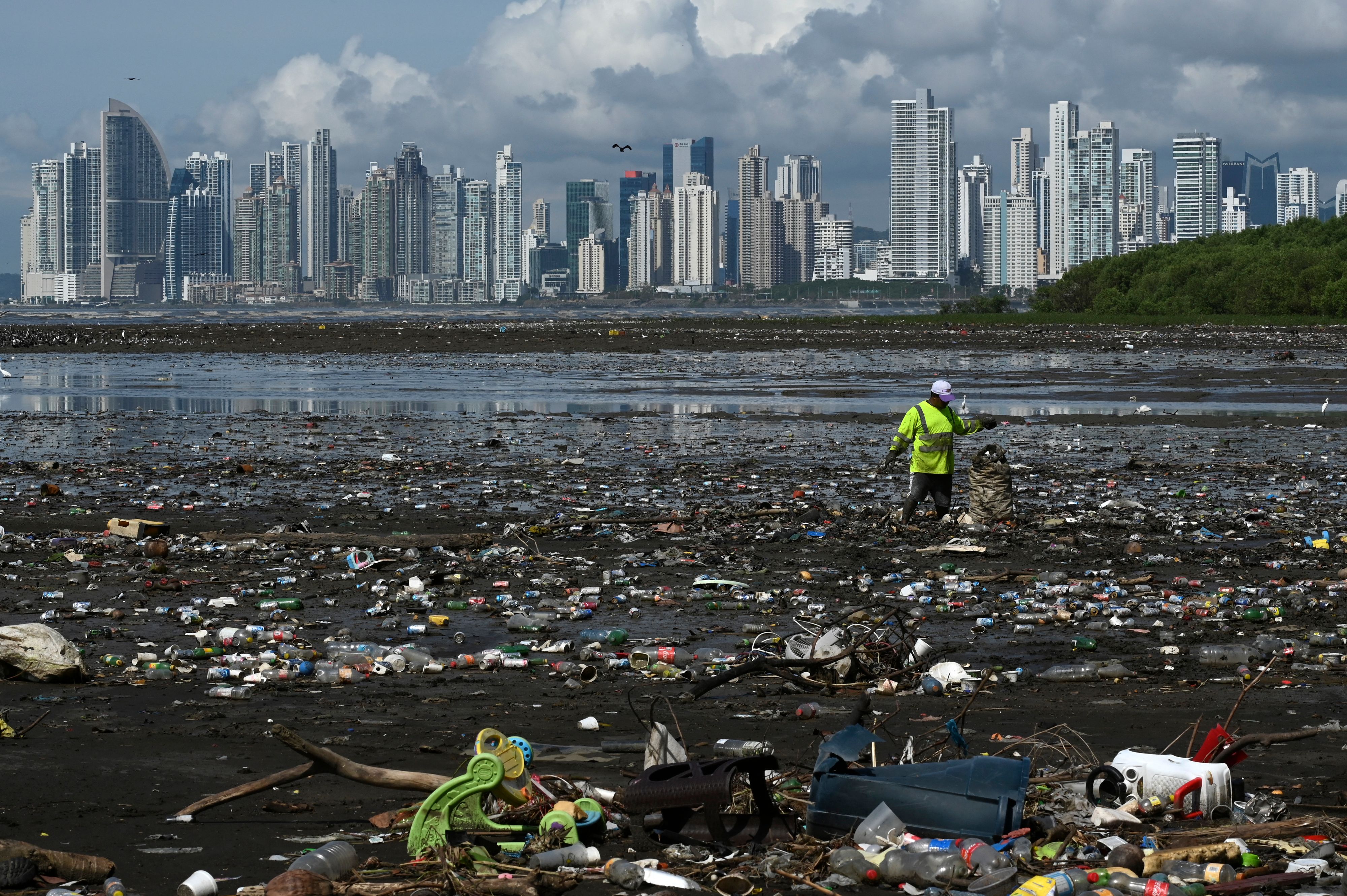
In trying to determine the cause of current climate changes, scientists have looked at all of these factors. The first three have varied a bit over the past few centuries and they have quite likely had modest effects on climate, particularly before 1950. But they cannot account for the planet’s rapidly rising temperature, especially in the second half of the 20th century, when solar output actually declined and volcanic eruptions exerted a cooling effect.
That warming is best explained by rising greenhouse gas concentrations. Greenhouse gases have a powerful effect on climate (see the next question for why). And since the Industrial Revolution, humans have been adding more of them to the atmosphere, primarily by extracting and burning fossil fuels like coal, oil and gas, which releases carbon dioxide.
But greenhouse gases aren’t the only climate-altering compounds people put into the air. Burning fossil fuels also produces particulate pollution that reflects sunlight and cools the planet. Scientists estimate that this pollution has masked up to half of the greenhouse warming we would have otherwise experienced.
Since greenhouse gases occur naturally, how do we know they’re causing Earth’s temperature to rise?
Greenhouse gases like water vapour and carbon dioxide serve an important role in the climate. Without them, Earth would be far too cold to maintain liquid water and humans would not exist!
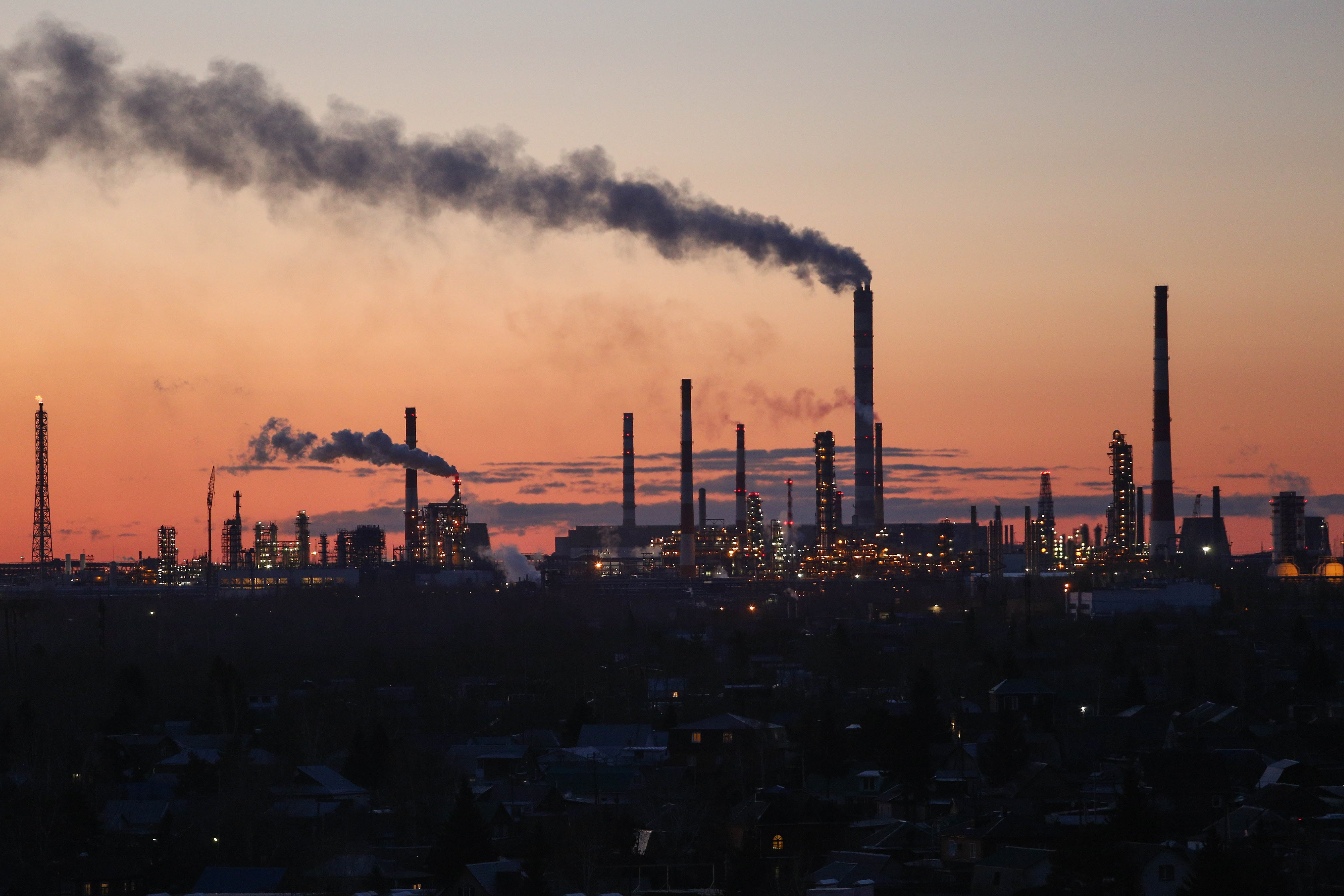
Here’s how it works: the planet’s temperature is basically a function of the energy the Earth absorbs from the sun (which heats it up) and the energy Earth emits to space as infrared radiation (which cools it down). Because of their molecular structure, greenhouse gases temporarily absorb some of that outgoing infrared radiation and then re-emit it in all directions, sending some of that energy back toward the surface and heating the planet. Scientists have understood this process since the 1850s.
Greenhouse gas concentrations have varied naturally in the past. Over millions of years, atmospheric CO2 levels have changed depending on how much of the gas volcanoes belched into the air and how much got removed through geologic processes. On time scales of hundreds to thousands of years, concentrations have changed as carbon has cycled between the ocean, soil and air.
420
ppm of CO2 currently in our atmosphere
Today, however, we are the ones causing CO2 levels to increase at an unprecedented pace by taking ancient carbon from geologic deposits of fossil fuels and putting it into the atmosphere when we burn them. Since 1750, carbon dioxide concentrations have increased by almost 50 per cent. Methane and nitrous oxide, other important anthropogenic greenhouse gases that are released mainly by agricultural activities, have also spiked over the past 250 years.
We know based on the physics described above that this should cause the climate to warm. We also see certain telltale “fingerprints” of greenhouse warming. For example, nights are warming even faster than days because greenhouse gases don’t go away when the sun sets. And upper layers of the atmosphere have actually cooled, because more energy is being trapped by greenhouse gases in the lower atmosphere.
We also know that we are the cause of rising greenhouse gas concentrations — and not just because we can measure the CO2 coming out of tailpipes and smokestacks. We can see it in the chemical signature of the carbon in CO2.
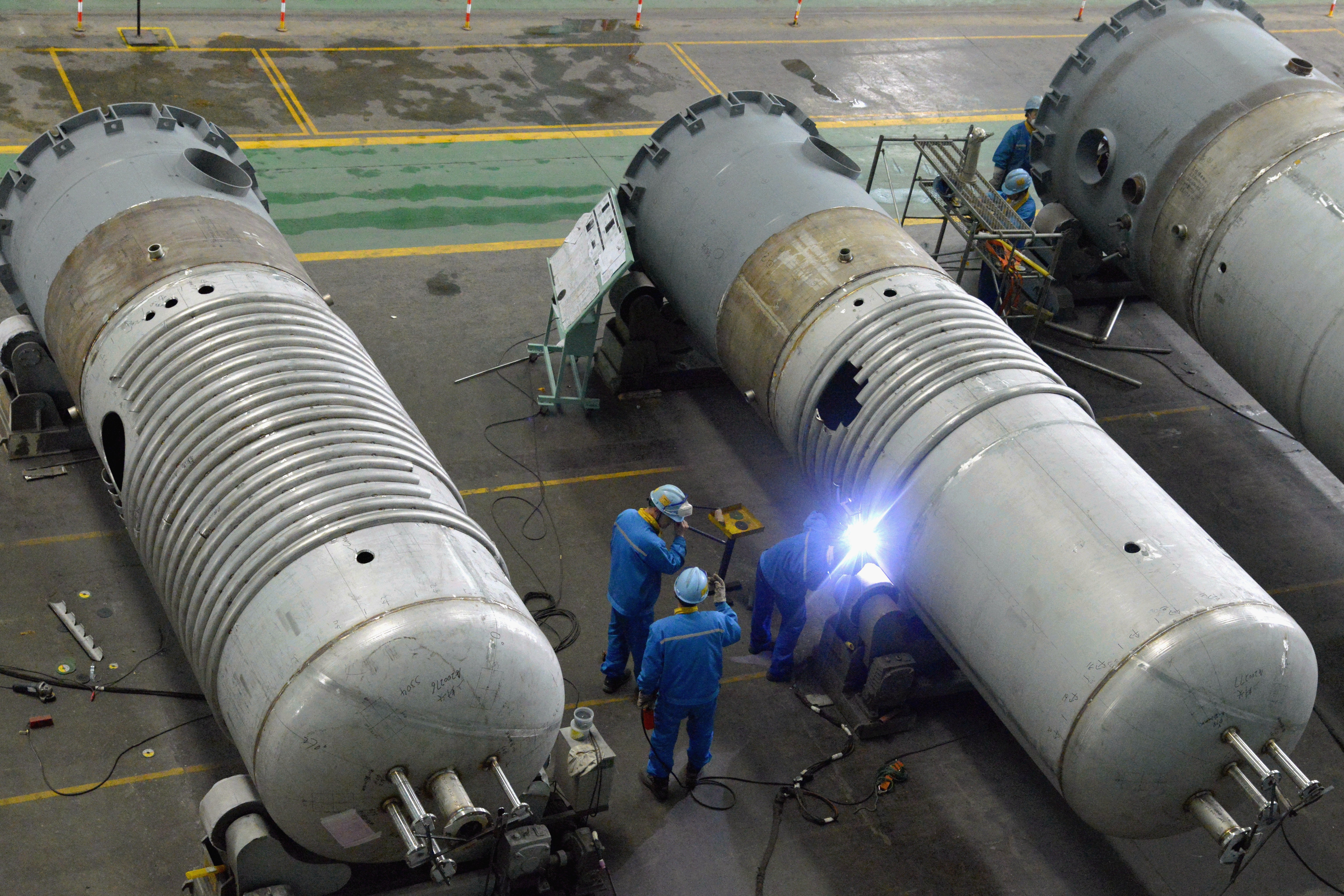
Carbon comes in three different masses: 12, 13 and 14. Things made of organic matter (including fossil fuels) tend to have relatively less carbon-13. Volcanoes tend to produce CO2 with relatively more carbon-13. And over the last century, the carbon in atmospheric CO2 has gotten lighter, pointing to an organic source.
We can tell it’s old organic matter by looking for carbon-14, which is radioactive and decays over time. Fossil fuels are too ancient to have any carbon-14 left in them, so if they were behind rising CO2 levels, you would expect the amount of carbon-14 in the atmosphere to drop, which is exactly what the data show.
It’s important to note that water vapour is the most abundant greenhouse gas in the atmosphere. However, it does not cause warming; instead, it responds to it. That’s because warmer air holds more moisture, which creates a snowball effect in which human-caused warming allows the atmosphere to hold more water vapour and further amplifies climate change. This so-called feedback cycle has doubled the warming caused by anthropogenic greenhouse gas emissions.
Why should we be worried that the planet has warmed 1C since the 1800s?
A common source of confusion when it comes to climate change is the difference between weather and climate. Weather is the constantly changing set of meteorological conditions that we experience when we step outside, whereas climate is the long-term average of those conditions, usually calculated over a 30-year period. Or, as some say: weather is your mood and climate is your personality.
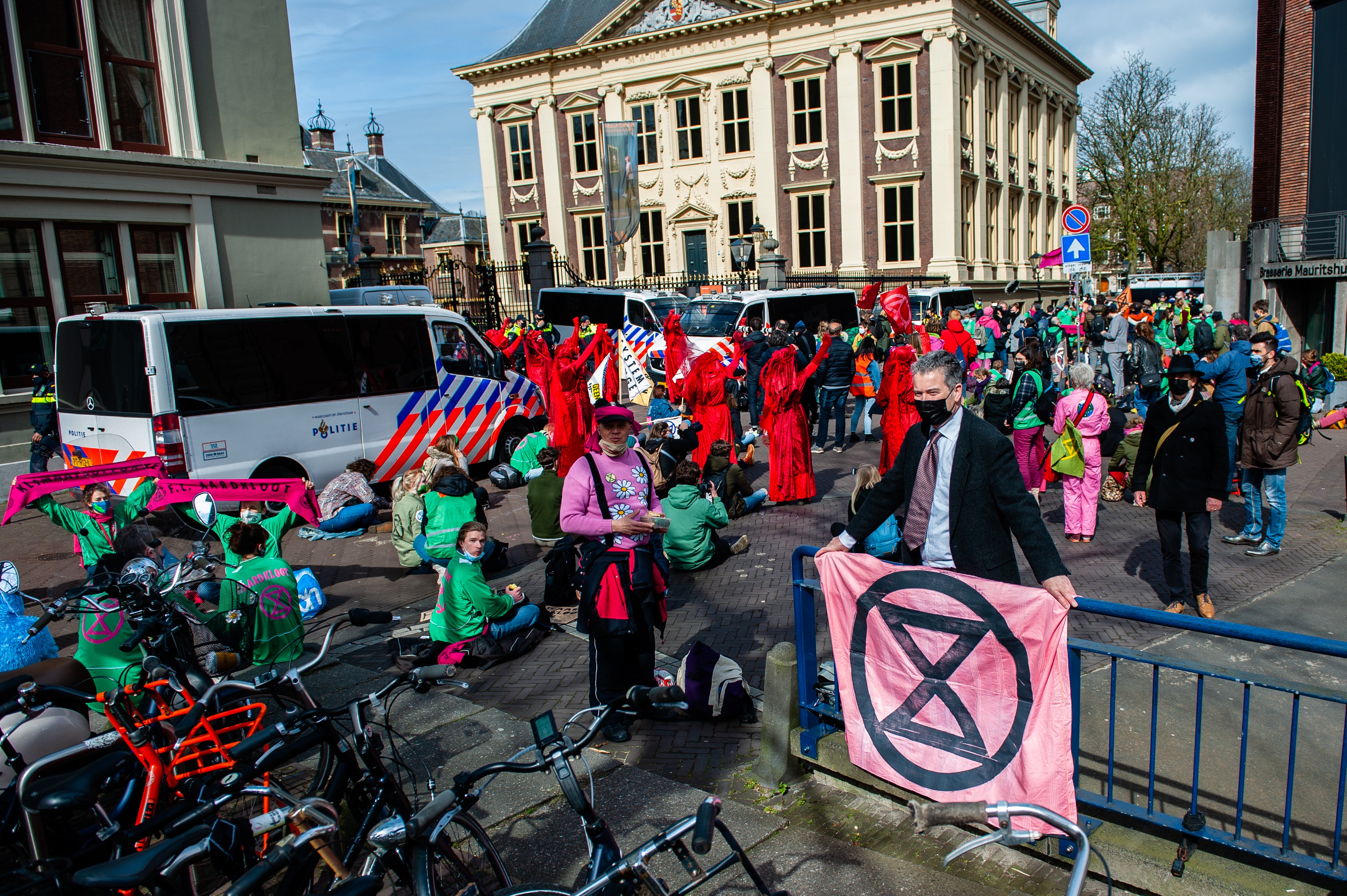
So while 1C doesn’t represent a big change in the weather, it’s a huge change in climate. As we have already seen, it’s enough to melt ice and raise sea levels, to shift rainfall patterns around the world and to reorganise ecosystems, sending animals scurrying toward cooler habitats and killing trees by the millions.
It’s also important to remember that this temperature represents the global average, and many parts of the world have already warmed by more than that. For example, land areas have warmed about twice as much as the sea surface. And the Arctic has warmed by approximately 3C. That’s because the loss of snow and ice at high latitudes allows the ground to absorb more energy, causing additional heating on top of greenhouse warming.
Every additional degree of warming will cost us more – in dollars, and in lives
Under the Paris Climate Agreement, which president Joe Biden recently rejoined, countries have agreed to try to limit total warming to between 1.5 and 2C since preindustrial times. And even this narrow range has huge implications. According to scientific studies, the difference between 1.5 and 2C will very likely mean the difference between coral reefs hanging on or going extinct, and between summer sea ice persisting in the Arctic or disappearing completely. It will also determine how many millions of people suffer from water scarcity and crop failures, and how many are driven from their homes by rising seas. In other words, 0.5C makes a world of difference.
Is climate change a part of the planet’s natural warming and cooling cycles?
Earth’s climate has always changed. Hundreds of millions of years ago, the entire planet froze. Fifty million years ago, alligators lived in what we now call the Arctic. And for the past 2.6 million years, the planet has cycled between ice ages when the planet was up to 6C cooler and ice sheets covered much of North America and Europe, and milder interglacial periods like the one we’re in now.
Climate deniers often point to these natural climate changes as a way to cast doubt on the idea that humans are causing climate change today. However, that argument rests on a logical fallacy. It’s like “seeing a murdered body and concluding that people have died of natural causes in the past, so the murder victim must also have died of natural causes”, a team of climate scientists wrote in the Debunking Handbook, which explains the misinformation strategies behind many climate myths.
Indeed, we know that different mechanisms caused the climate to change in the past. Glacial cycles, for example, were triggered by periodic variations in Earth’s orbit, which take place over tens of thousands of years and change how solar energy gets distributed around the globe and across the seasons.
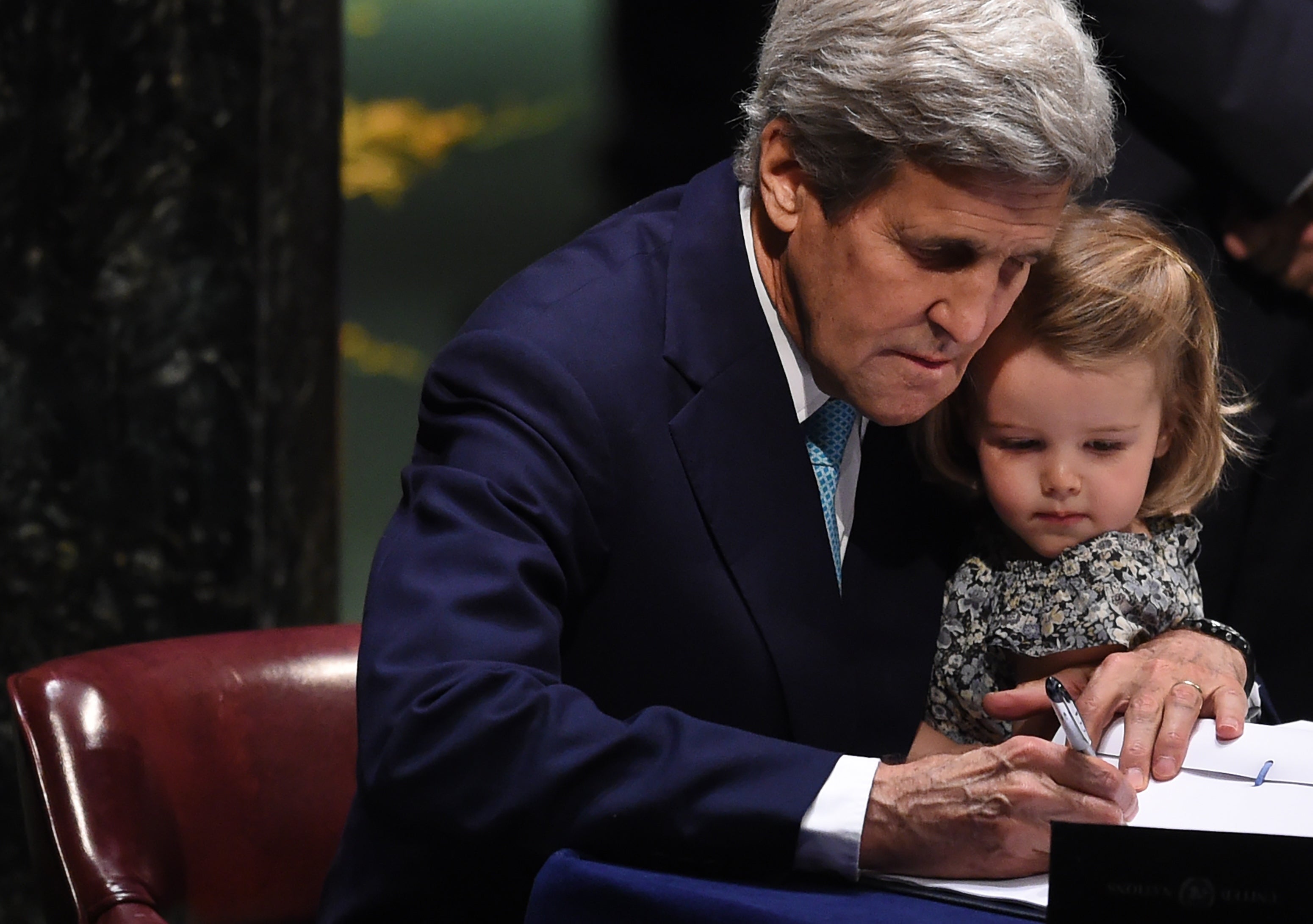
These orbital variations don’t affect the planet’s temperature much on their own. But they set off a cascade of other changes in the climate system; for instance, growing or melting vast northern hemisphere ice sheets and altering ocean circulation. These changes, in turn, affect climate by altering the amount of snow and ice, which reflect sunlight, and by changing greenhouse gas concentrations. This is actually part of how we know that greenhouse gases have the ability to significantly affect Earth’s temperature.
For at least the past 800,000 years, atmospheric CO2 concentrations oscillated between about 180 parts per million during ice ages and about 280 ppm during warmer periods, as carbon moved between oceans, forests, soils and the atmosphere. These changes occurred in lockstep with global temperatures, and are a major reason the planet warmed and cooled during glacial cycles, not just the frozen poles.
Today, however, CO2 levels have soared to 420 ppm — the highest they’ve been in at least three million years. The concentration of CO2 is also increasing about 100 times faster than it did at the end of the last ice age. This suggests something else is going on, and we know what it is: since the Industrial Revolution, humans have been burning fossil fuels and releasing greenhouse gases that are heating the planet now.
Over the next century or two, societies and ecosystems will experience the consequences of this climate change. But our emissions will have even more lasting geologic impacts: According to some studies, greenhouse gas levels may have already warmed the planet enough to delay the onset of the next glacial cycle for at least an additional 50,000 years.
How can winters and certain places be getting colder if the planet is warming?
When a big snowstorm hits the United States, climate deniers can try to cite it as proof that climate change isn’t happening. In 2015, American senator James Inhofe famously lobbed a snowball in the Senate as he denounced climate science. But these events don’t actually disprove climate change.
While there have been some memorable storms in recent years, winters are actually warming across the world. In the United States, average temperatures in December, January and February have increased by about 2.5F this century.
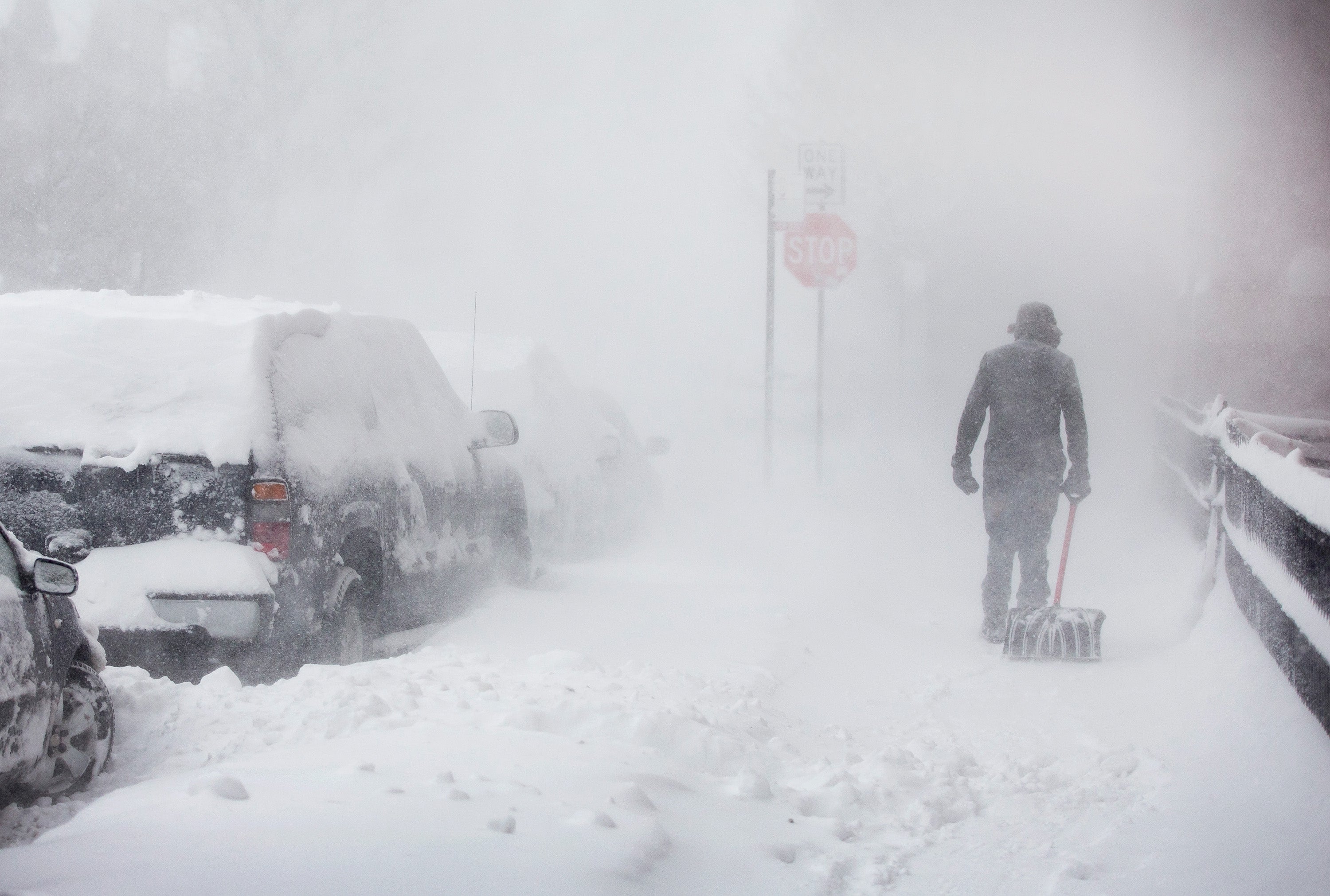
On the flip side, record cold days are becoming less common than record warm days. In the United States, record highs now outnumber record lows 2-1. And ever-smaller areas of the country experience extremely cold winter temperatures. (The same trends are happening globally.)
So what’s with the blizzards? Weather always varies, so it’s no surprise that we still have severe winter storms even as average temperatures rise. However, some studies suggest that climate change may be to blame. One possibility is that rapid Arctic warming has affected atmospheric circulation, including the fast-flowing, high-altitude air that usually swirls over the North Pole (aka the Polar Vortex). Some studies suggest that these changes are bringing more frigid temperatures to lower latitudes and causing weather systems to stall, allowing storms to produce more snowfall. This may explain what we have experienced in the US over the past few decades, as well as a wintertime cooling trend in Siberia, although exactly how the Arctic affects global weather remains a topic of ongoing scientific debate.
$16 trillion
A mean estimate to keep the climate at 2C over pre-industrial levels
Climate change may also explain the apparent paradox behind some of the other places on Earth that haven’t warmed much. For instance, a splotch of water in the North Atlantic has cooled in recent years, and scientists say they suspect that may be because ocean circulation is slowing as a result of freshwater streaming off a melting Greenland. If this circulation grinds almost to a halt, as it has done in the geologic past, it would alter weather patterns around the world.
Not all cold weather stems from some counterintuitive consequence of climate change. But it’s a good reminder that Earth’s climate system is complex and chaotic, so the effects of human-caused changes will play out differently in different places. That’s why “global warming” is a bit of an oversimplification. Instead, some scientists have suggested that the phenomenon of human-caused climate change would more aptly be called “global weirding.”
Wildfires and bad weather have always happened. How do we know there’s a connection to climate change?
Extreme weather and natural disasters are part of life on Earth – just ask the dinosaurs. But there is good evidence that climate change has increased the frequency and severity of certain phenomena like heat waves, droughts and floods. Recent research has also allowed scientists to identify the influence of climate change on specific events.
Let’s start with heatwaves. Studies show that stretches of abnormally high temperatures now happen about five times more often than they would without climate change, and they last longer, too. Climate models project that, by the 2040s, heatwaves will be about 12 times more frequent. And that’s concerning since extreme heat often causes increased hospitalisations and deaths, particularly among older people and those with underlying health conditions. In the summer of 2003, for example, a heatwave caused an estimated 70,000 excess deaths across Europe. (Human-caused warming amplified the death toll.)
Climate change has also exacerbated droughts, primarily by increasing evaporation. Droughts occur naturally because of random climate variability and factors like whether El Nino or La Nina conditions prevail in the tropical Pacific. But some researchers have found evidence that greenhouse warming has been affecting droughts since even before the Dust Bowl. And it continues to do so today. According to one analysis, the drought that afflicted the American Southwest from 2000 to 2018 was almost 50 per cent more severe because of climate change. It was the worst drought the region had experienced in more than 1,000 years.
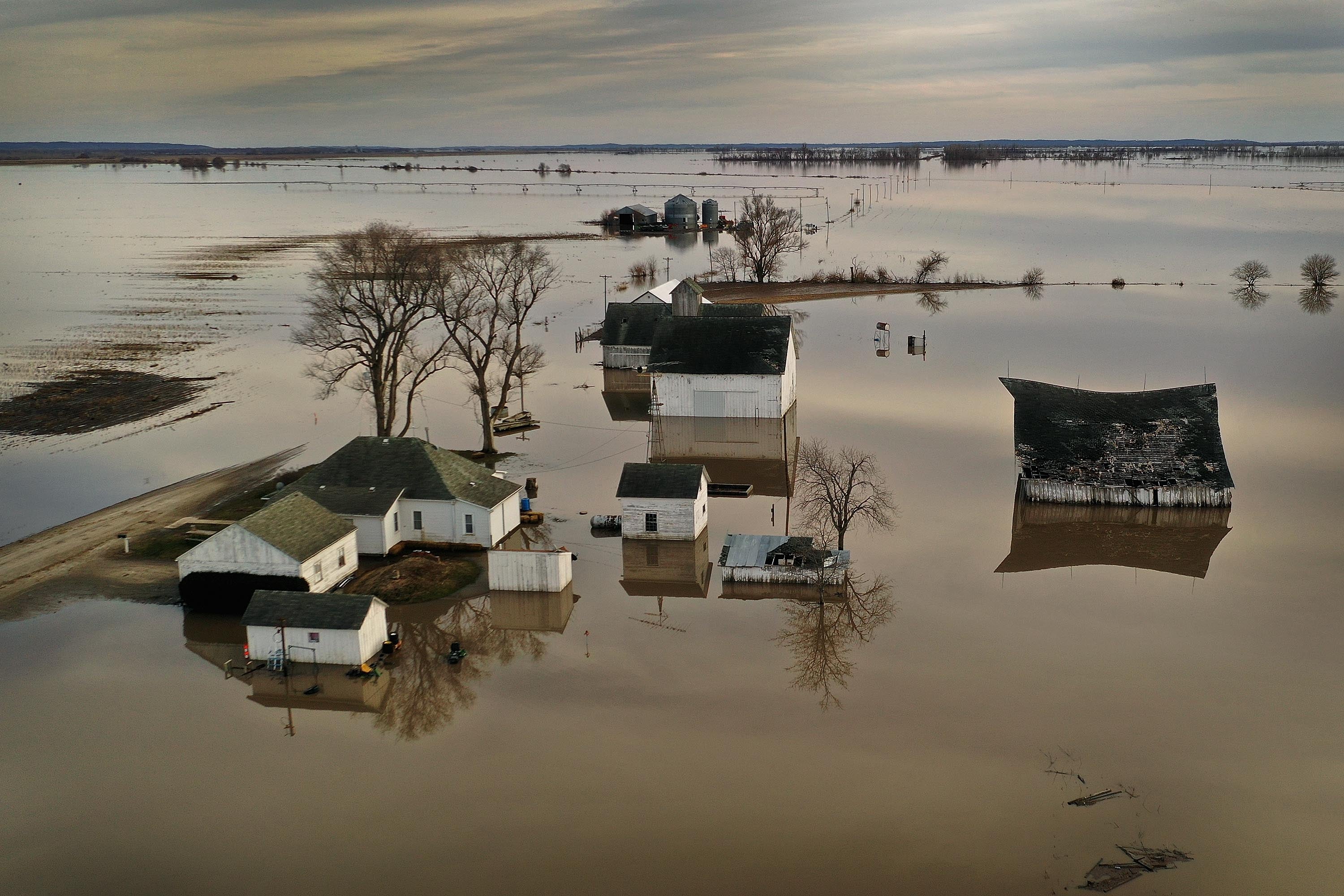
It’s important to remember that in most natural disasters, there are multiple factors at play. For instance, the 2019 Midwest floods occurred after a recent cold snap had frozen the ground solid, preventing the soil from absorbing rainwater and increasing runoff into the Missouri and Mississippi rivers. These waterways have also been reshaped by levees and other forms of river engineering, some of which failed in the floods.
Wildfires are another phenomenon with multiple causes. In many places, fire risk has increased because humans have aggressively fought natural fires and prevented Indigenous peoples from carrying out traditional burning practices. This has allowed fuel to accumulate that makes current fires worse.
However, climate change still plays a major role by heating and drying forests, turning them into tinderboxes. Studies show that warming is the driving factor behind the recent increases in wildfires; one analysis found that climate change is responsible for doubling the area burned across the American west between 1984 and 2015. And researchers say that warming will only make fires bigger and more dangerous in the future.
What will it cost to do something about climate change, versus doing nothing?
One of the most common arguments against taking aggressive action to combat climate change is that doing so will kill jobs and cripple the economy. But this implies that there’s an alternative in which we pay nothing for climate change. And unfortunately, there isn’t. In reality, not tackling climate change will cost a lot, and cause enormous human suffering and ecological damage, while transitioning to a greener economy would benefit many people and ecosystems around the world.
Let’s start with how much it will cost to address climate change. To keep warming well below 2C, the goal of the Paris climate agreement, society will have to reach net zero greenhouse gas emissions by the middle of this century. That will require significant investments in things like renewable energy, electric cars and charging infrastructure, not to mention efforts to adapt to hotter temperatures, rising sea levels and other unavoidable effects of current climate changes. And we’ll have to make changes fast.
The challenge is that we need to reduce emissions now to avoid damage later
Estimates of the cost vary widely. One recent study found that keeping warming to 2C would require a total investment of $4 trillion to $60 trillion, with a median estimate of $16 trillion, while keeping warming to 1.5 C could cost $10 trillion to $100 trillion, with a median estimate of $30 trillion. (For reference, the entire world economy was about $88 trillion in 2019.) Other studies have found that reaching net zero will require annual investments ranging from less than 1.5 per cent of global gross domestic product to as much as 4 per cent. That’s a lot, but within the range of historical energy investments in countries like the United States.
Now, let’s consider the costs of unchecked climate change, which will fall hardest on the most vulnerable. These include damage to property and infrastructure from sea-level rise and extreme weather, death and sickness linked to natural disasters, pollution and infectious disease, reduced agricultural yields and lost labour productivity because of rising temperatures, decreased water availability and increased energy costs, and species extinction and habitat destruction. Solomon Hsiang, an economist at the University of California, Berkeley, describes it as “death by a thousand cuts”.
As a result, climate damages are hard to quantify. Moody’s Analytics estimates that even 2 C of warming will cost the world $69 trillion by 2100, and economists expect the toll to keep rising with the temperature. In a recent survey, economists estimated the cost would equal 5 per cent of global GDP at 3C of warming (our trajectory under current policies) and 10 per cent for 5C. Other research indicates that, if current warming trends continue, global GDP per capita will decrease 7 per cent to 23 per cent by the end of the century, an economic blow equivalent to multiple coronavirus pandemics every year. And some fear these are vast underestimates.
The challenge is that we need to reduce emissions now to avoid damage later, which requires big investments over the next few decades. And the longer we delay, the more we will pay to meet the Paris goals. One recent analysis found that reaching net-zero by 2050 would cost the United States almost twice as much if we waited until 2030 instead of acting now. But even if we miss the Paris target, the economics still make a strong case for climate action, because every additional degree of warming will cost us more – in dollars, and in lives.
How bad are the effects of climate change going to be?
It depends on how aggressively we act to address climate change. If we continue with business as usual, by the end of the century, it will be too hot to go outside during heatwaves in the Middle East and south Asia. Droughts will grip Central America, the Mediterranean and southern Africa. And many island nations and low-lying areas, from Texas to Bangladesh, will be overtaken by rising seas. Conversely, climate change could bring welcome warming and extended growing seasons to the upper midwest, Canada, the Nordic countries and Russia. Farther north, however, the loss of snow, ice and permafrost will upend the traditions of Indigenous peoples and threaten infrastructure.
It’s complicated, but the underlying message is simple: unchecked climate change will very likely exacerbate existing inequalities. At a national level, poorer countries will be hit hardest, even though they have historically emitted only a fraction of the greenhouse gases that cause warming. That’s because many less developed countries tend to be in tropical regions where additional warming will make the climate increasingly intolerable for humans and crops. These nations also often have greater vulnerabilities, like large coastal populations and people living in improvised housing that is easily damaged in storms. And they have fewer resources to adapt, which will require expensive measures like redesigning cities, engineering coastlines and changing how people grow food.
Read More:
Even the climate “winners” will not be immune from all climate impacts, though. Desirable locations will face an influx of migrants. And as the coronavirus pandemic has demonstrated, disasters in one place quickly ripple across our globalised economy. For instance, scientists expect climate change to increase the odds of multiple crop failures occurring at the same time in different places, throwing the world into a food crisis.
On top of that, warmer weather is aiding the spread of infectious diseases and the vectors that transmit them, like ticks and mosquitoes. Research has also identified troubling correlations between rising temperatures and increased interpersonal violence, and climate change is widely recognised as a “threat multiplier” that increases the odds of larger conflicts within and between countries. In other words, climate change will bring many changes that no amount of money can stop. What could help, however, is taking action to limit warming.
© The New York Times
Join our commenting forum
Join thought-provoking conversations, follow other Independent readers and see their replies
Comments